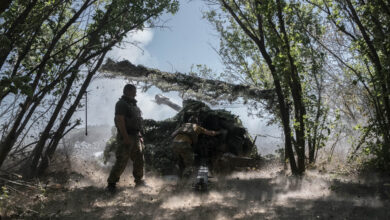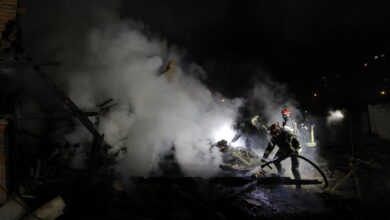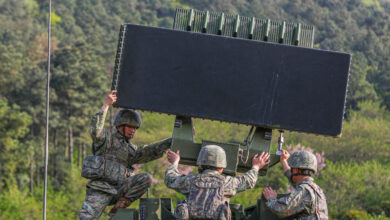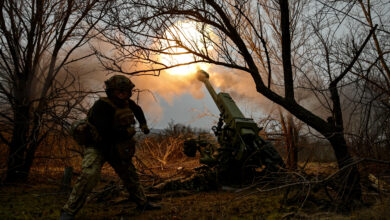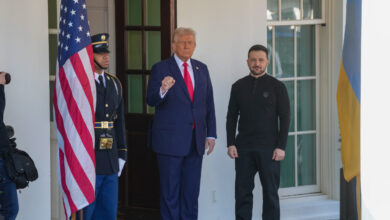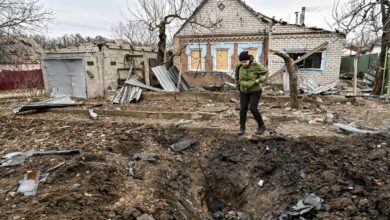Russian Fifth-Generation Su-57 Fighter Receives Highly Automated Cockpit
The new cockpit is supported by intellectual support technology that provides the pilot assistance in solving problems during flight.
Russia’s fifth-generation, multi-role Su-57 fighter jet now incorporates maximum automation capability that will allow it to virtually fly itself, allowing the pilot to more fully focus on combat, Russian state-run corporation United Aircraft Corporation (UAC) announced.
As Russia’s top-of-the-line air dominance fighter, the Su-57 can neutralize a wide variety of air, land, and sea targets. Now, designers have further enhanced the cockpit of the single-seat aircraft, employing maximum automation of “routine piloting and combat use processes.”
According to Nikita Dorofeyev, Head of the Cockpit Department at Sukhoi Design within UAC, the key ergonomic requirements for the modern fighter cockpit are automation, information integration, and intellectual support.
“Theoretically, the pilot, after taking off and before the landing, may not fly at all, but search and attack targets. Moreover, this process is also sufficiently automated,” she explained.
SU-57 Features
The modern fighter pilot has to take into account the tactical situation as well as operation of the aircraft. The automation of Su-57 was done in a way that the pilots receive only the data required during the mission phase and the assigned task.
The new cockpit is also supported by intellectual support technology that provides the pilot assistance in solving problems during flight.
“Our task is to make the pilot situationally aware, so that he knows what the plane is doing,” Dorofeyev said.
The Su-57’s maiden flight took place in 2010. In 2018, Russia ordered 12 of the fifth generation Su-57 fighter aircraft, which also incorporates stealth technology, for combat.
The aircraft combines the features of a fighter jet as well as an attack plane. Besides supersonic cruising speed, the fighter includes a powerful onboard computer, also called the electronic second pilot, and side-facing radars mounted below the cockpit to provide a greater sensor field of view.



